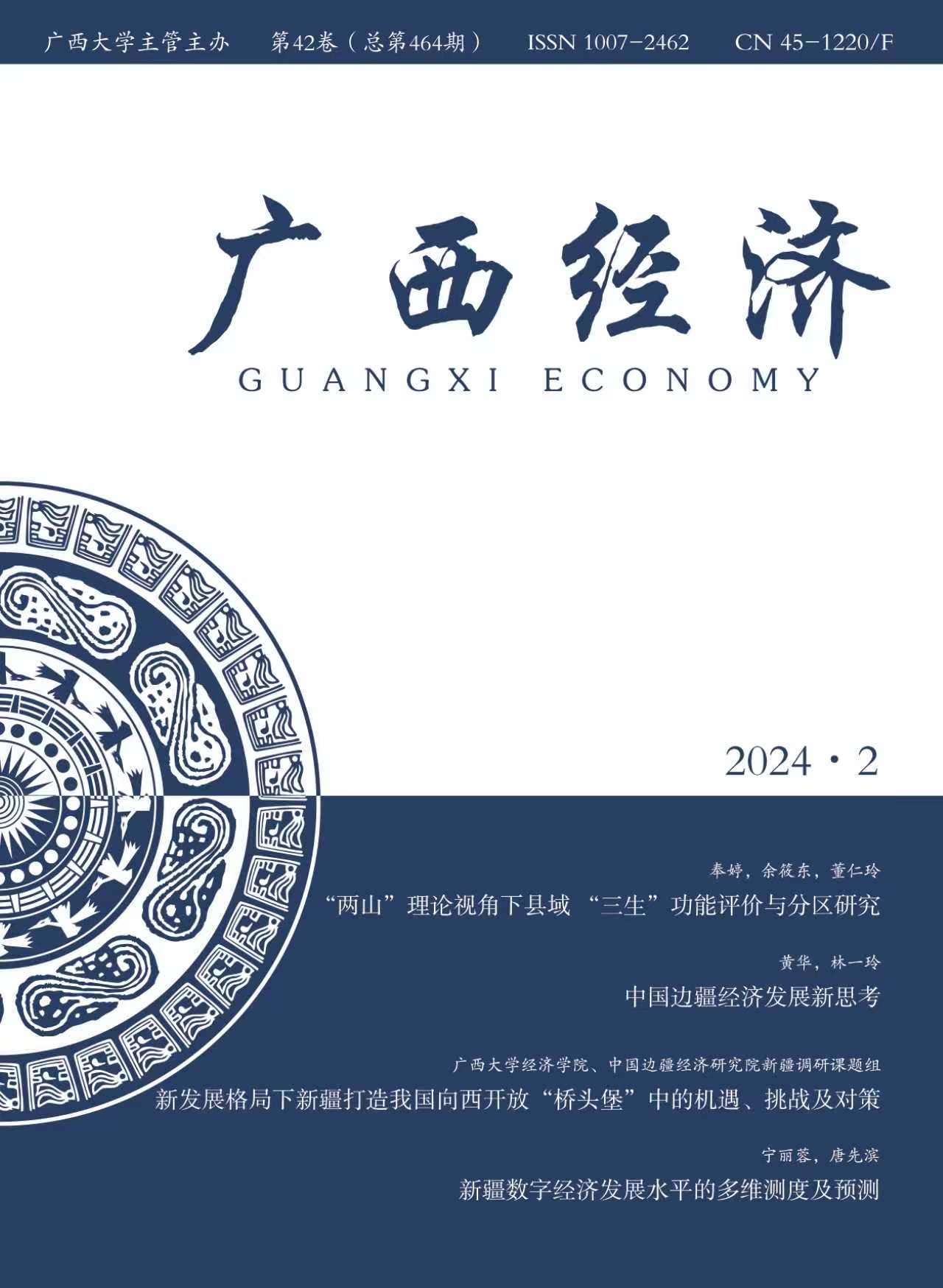Abstract: The 20th National Congress of the Communist Party of China emphasized enhancing high-level international openness, including expanding institutional openness in areas of rules, regulations, management, and standards. This approach frames the strategic mission for Xinjiang’s development and openness in the new era. It includes a comprehensive analysis of the role of Xinjiang as a central hub in the Belt and Road Initiative, a new frontier for institutional openness, and an international trade nexus. The study also addresses the challenges and structural contradictions in Xinjiang’s deeper integration into the institutional openness framework. Solutions explored include leveraging land port advantages, improving transportation infrastructures, developing economic zones at ports, innovating cross-border cooperation, and fostering cross-border industrial clusters. These strategies aim to support Xinjiang’s development as a prominent area of openness along the border.
Keywords: Xinjiang; institutional openness; Free Trade Zone; pathway

Reprinted from Guangxi Economic Journal, 2024,42(02):88-96.


 ADD:No.100 Daxue Road, Nanning, Guangxi, China
ADD:No.100 Daxue Road, Nanning, Guangxi, China Tel/Fax:+86-0771-3186687
Tel/Fax:+86-0771-3186687 Email: gse@gxu.edu.cn
Email: gse@gxu.edu.cn